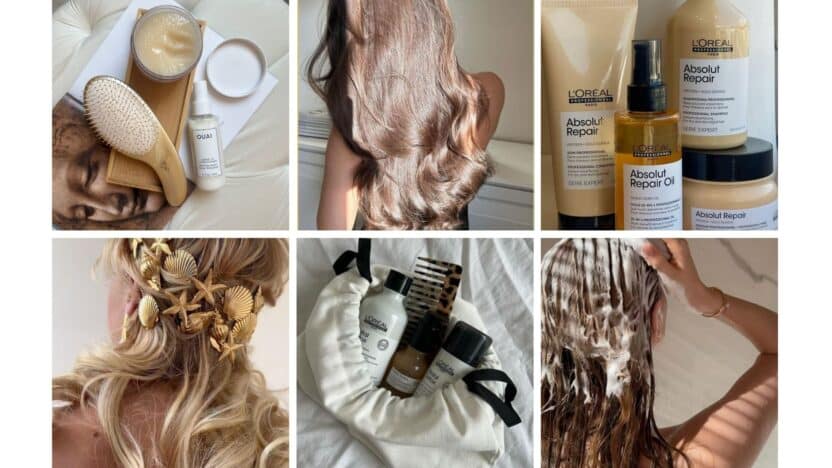A day at the beach leaves you feeling refreshed, but your hair might tell a different story. Salt water strips natural oils from your hair and can leave it feeling dry, tangled, and brittle if not properly cared for afterward.
The key to maintaining healthy hair after swimming in the sea is to rinse immediately with fresh water and follow up with moisturizing treatments to restore what the salt water removed. This simple approach can prevent long-term damage and keep your hair looking its best.
The good news is that protecting your hair doesn’t require expensive products or complicated routines. With the right immediate care steps and ongoing maintenance, you can enjoy ocean swims without sacrificing your hair’s health and appearance.
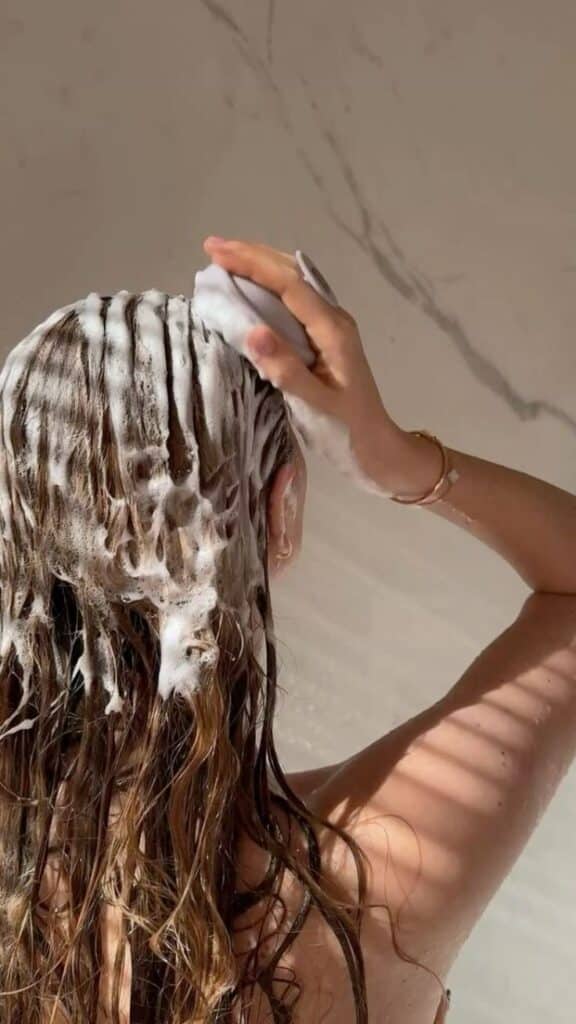
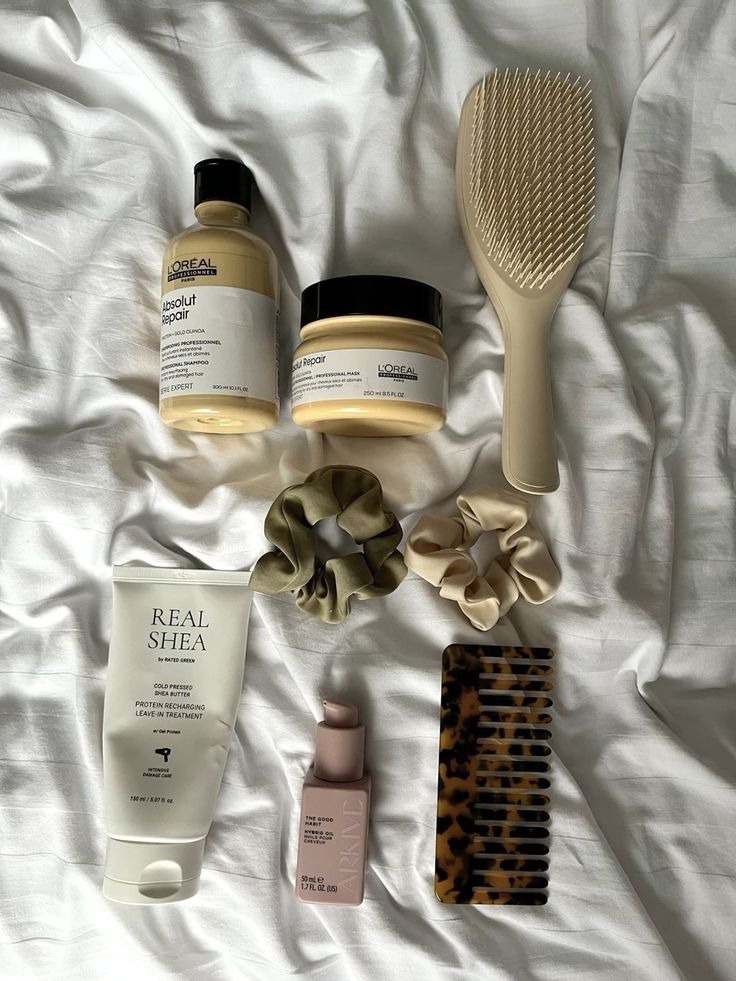
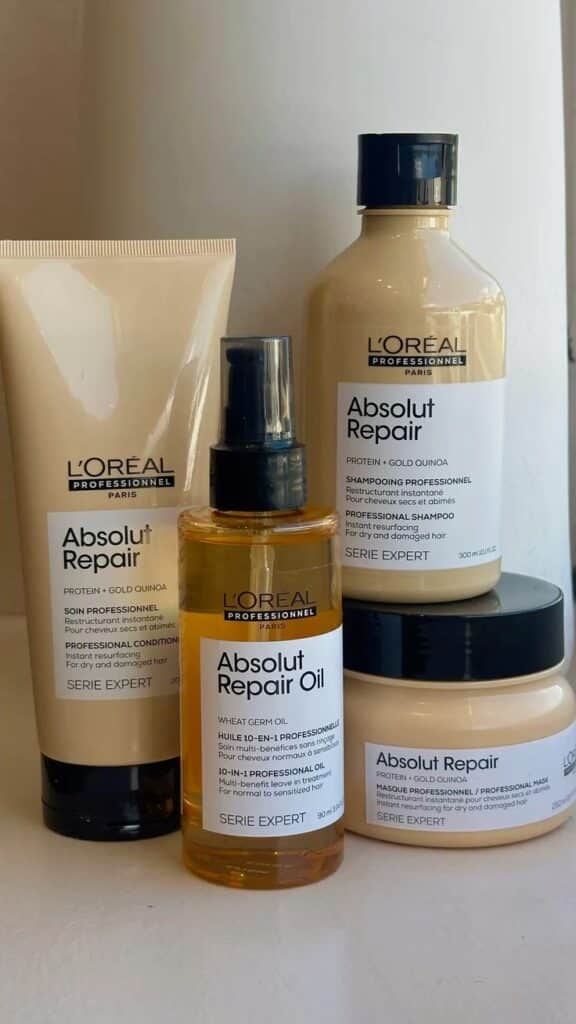
Key Takeaways
- Rinse your hair with fresh water immediately after leaving the sea to remove salt and prevent damage
- Use moisturizing treatments like leave-in conditioners or natural oils to restore hydration after saltwater exposure
- Establish protective habits and consistent care routines to maintain healthy hair throughout your beach activities
Immediate Steps After Leaving the Sea
Taking quick action within the first few minutes after leaving the ocean prevents salt and sand from setting into your hair strands. Fresh water rinses, gentle detangling, and proper drying techniques form the foundation of effective post-sea hair care.
Rinse Hair with Fresh Water
The most critical step is rinsing your hair with fresh water as soon as possible after ocean exposure. Salt water draws moisture from your hair shaft, leaving strands dry and brittle if not removed promptly.
Use lukewarm water to thoroughly saturate your hair from roots to tips. Spend at least 2-3 minutes allowing the fresh water to flow through your strands. This removes salt crystals and sand particles that can cause mechanical damage.
Focus extra attention on areas where salt tends to concentrate, such as your scalp and the ends of your hair. If you have access to a beach shower, use it immediately rather than waiting until you return to your accommodation.
Don’t worry about using shampoo at this stage. The goal is simply removing salt and sand residue to prevent further dehydration of your hair.
Gently Detangle with a Wide-Tooth Comb
Start detangling while your hair is still damp from the fresh water rinse. Wet hair is more fragile than dry hair, so gentle techniques are essential for maintaining healthy hair.
Use a wide-tooth comb specifically designed for wet hair care. These combs have widely spaced teeth that glide through tangles without pulling or breaking individual strands.
Begin combing from the ends of your hair and work your way up toward the roots. This method prevents small tangles from becoming larger knots. Hold sections of hair above where you’re combing to reduce tension on your scalp.
If you encounter stubborn tangles, don’t force the comb through them. Instead, work on smaller sections and be patient with the process.
Blot Dry Without Rubbing
Replace aggressive towel rubbing with gentle blotting motions to protect your hair cuticles. Rubbing creates friction that leads to frizz and breakage, especially when hair is in its most vulnerable wet state.
Use a clean, absorbent towel to gently press against sections of your hair. Start at your scalp and work downward, following the direction of your hair’s natural growth pattern.
Microfiber towels or cotton t-shirts work better than traditional terry cloth towels because they create less friction. If these aren’t available, use whatever clean towel you have but maintain gentle pressure.
Allow your hair to air dry partially before applying any styling products or additional treatments. This gives your hair cuticles time to close and reduces the risk of further moisture loss.
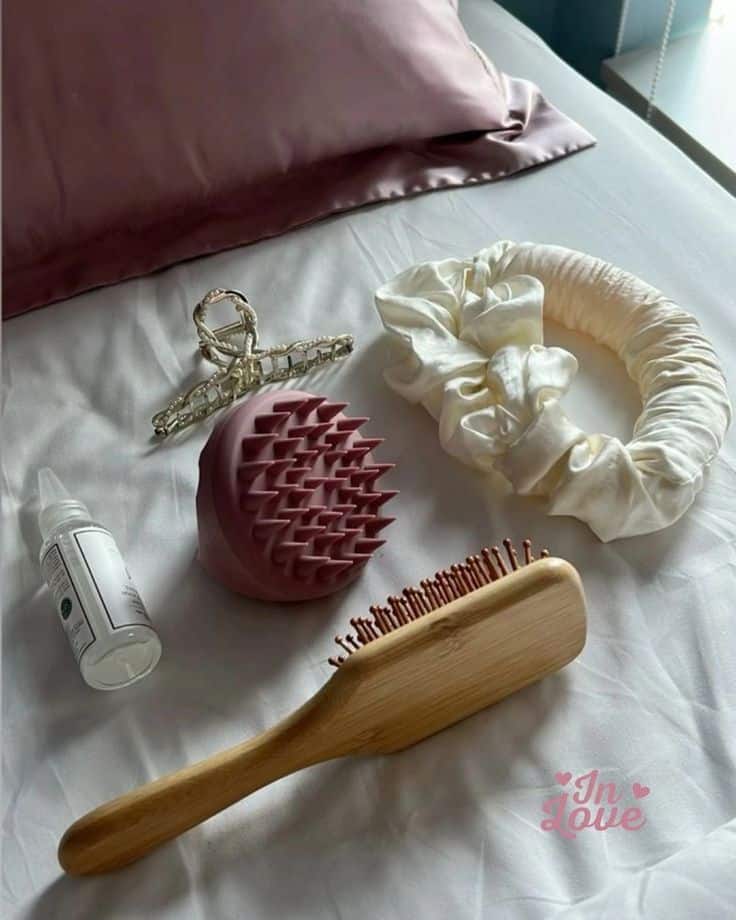
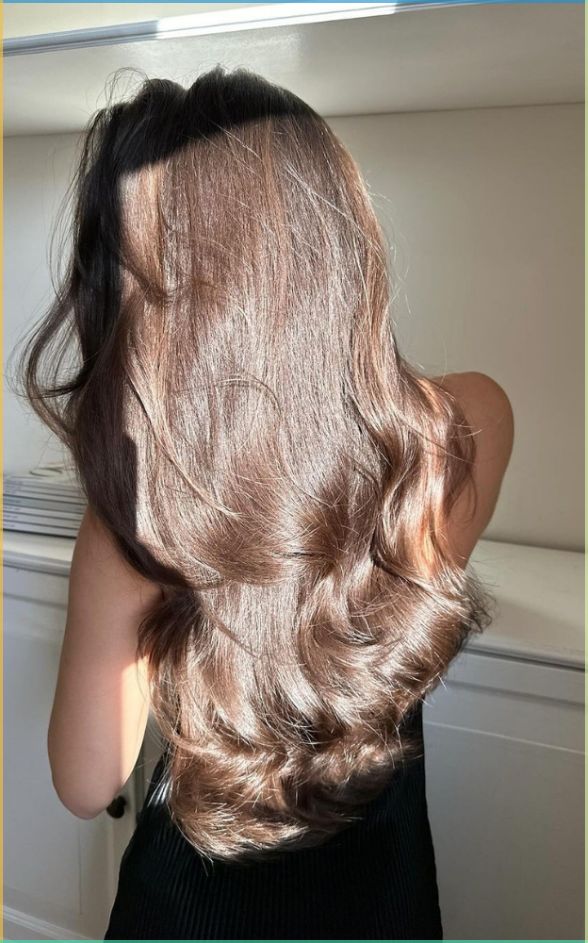

Essential Post-Sea Hair Care Routine
Salt water strips moisture from your hair and leaves damaging residue that requires immediate attention. A proper routine involves clarifying away salt buildup, restoring moisture with conditioning treatments, and protecting hair from further damage through gentle styling practices.
Use a Clarifying Shampoo
Clarifying shampoo removes salt deposits that regular shampoo can’t eliminate. Salt crystals cling to your hair shaft and continue drawing out moisture even after you leave the beach.
Use clarifying shampoo within 24 hours of sea exposure for best results. Focus on your scalp and work the product through to your ends using gentle massaging motions.
Key benefits of clarifying shampoo:
- Removes mineral buildup
- Prevents ongoing dehydration
- Prepares hair for conditioning treatments
- Restores natural pH balance
Don’t use clarifying shampoo more than twice per week. Overuse can strip your hair’s natural oils and cause additional dryness.
Choose sulfate-free formulas if you have color-treated or chemically processed hair. These gentler options still remove salt residue without excessive stripping.
Apply a Leave-In Conditioner
Leave-in conditioner provides ongoing moisture protection throughout the day. Your hair needs continuous hydration after salt exposure to prevent breakage and brittleness.
Apply leave-in conditioner to damp hair from mid-length to ends. Avoid your roots to prevent weighing down your hair or creating greasiness.
Choose leave-in conditioners with these ingredients:
- Argan oil for moisture retention
- Keratin proteins for strength
- UV filters for sun protection
- Glycerin for humidity control
Spray formulas work well for fine hair types. Cream-based products suit thicker or more damaged hair better.
Reapply throughout the day if you’re spending extended time outdoors. Your hair continues losing moisture from sun and wind exposure.
Deep Conditioning Treatments
Deep conditioning treatments repair damage that occurs during sea exposure. Use these intensive treatments 2-3 times per week after beach days.
Apply deep conditioner to clean, towel-dried hair. Leave the treatment on for 10-20 minutes depending on your hair’s damage level.
Effective deep conditioning ingredients:
- Coconut oil penetrates the hair shaft
- Shea butter seals moisture
- Protein complexes rebuild structure
- Ceramides restore the hair barrier
Heat enhances treatment effectiveness. Wrap your hair in a warm towel or use a processing cap during treatment time.
Focus extra product on your ends where damage accumulates most. Your mid-lengths and ends have less natural oil protection than your roots.
Rinse thoroughly with cool water to seal the hair cuticle. This locks in the conditioning benefits and adds shine.
Limit Heat Styling and Use Heat Protectant
Heat styling compounds damage from salt exposure. Your hair is already weakened and more susceptible to thermal damage.
Air dry your hair whenever possible during post-beach recovery periods. Use microfiber towels or cotton t-shirts to gently squeeze out excess water.
When you must use heat tools, apply heat protectant to every section. Choose products that offer protection up to 450°F for comprehensive coverage.
Heat protectant application tips:
- Apply to damp hair before drying
- Use on dry hair before styling tools
- Cover all sections evenly
- Don’t skip your ends
Lower your heat settings by 25-50 degrees from normal. Damaged hair requires gentler temperatures to prevent further weakening.
Consider protective hairstyles like braids or buns. These styles minimize manipulation and environmental exposure while your hair recovers.


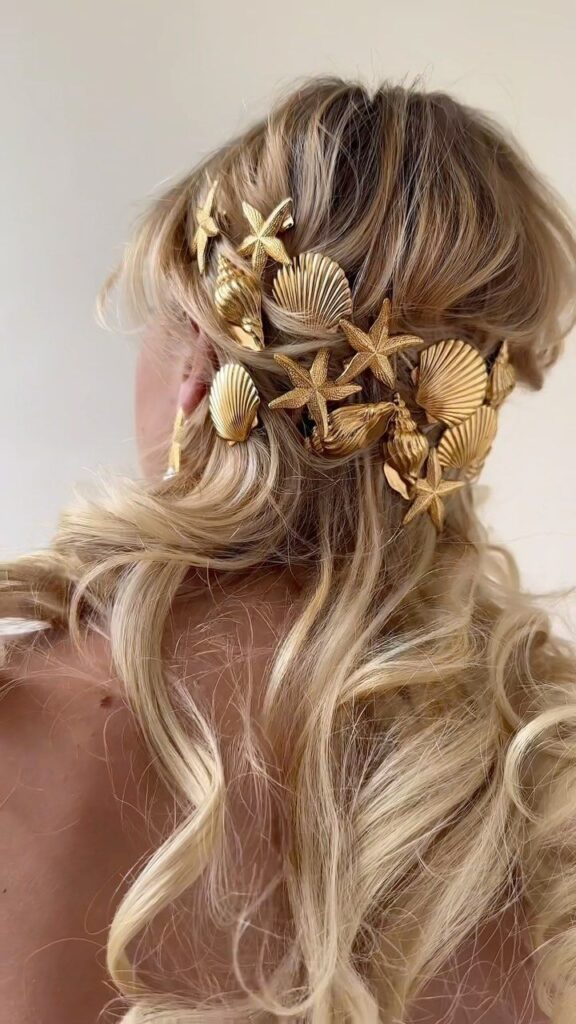
Protective Practices for Healthy Hair
The most effective way to maintain healthy hair during sea activities involves creating physical barriers between your hair and saltwater. These protective measures prevent salt damage and keep your hair moisturized throughout beach activities.
Wear a Swim Cap or Hat
A swim cap provides the strongest defense against saltwater damage. Silicone caps create a waterproof seal that keeps salt completely away from your strands.
Choose caps made from silicone rather than latex. Silicone materials are gentler on your hair and provide better water resistance.
For casual beach activities, wide-brimmed hats offer excellent protection. They shield your hair from both salt spray and UV rays that can further dry your strands.
Apply a small amount of leave-in conditioner before putting on your swim cap. This creates an extra moisture barrier and prevents the cap from pulling your hair.
Opt for Loose Styles or Braids
Loose braids keep your hair contained while reducing tangles from wind and waves. Avoid tight styles that can cause breakage when hair is wet and vulnerable.
French braids or side braids work particularly well for beach activities. They keep hair secure without creating excessive tension on your scalp.
Loose buns secured with fabric hair ties prevent hair from whipping around in ocean breezes. Use scrunchies instead of elastic bands to minimize damage.
Avoid high ponytails or tight updos that concentrate stress on specific areas. Wet hair stretches more easily and breaks under tension.
Protect Colored or Treated Hair
Color-treated hair requires extra protection since chemical processing makes strands more porous. Salt penetrates damaged cuticles more easily and strips color faster.
Apply a UV-protectant hair serum before sun exposure. These products contain ingredients that shield both your hair color and the hair shaft from damage.
Consider wearing a scarf or bandana over colored hair during extended beach time. This provides additional coverage beyond just sunscreen products.
Deep condition your treated hair the night before beach activities. Well-moisturized hair resists salt damage more effectively than dry, brittle strands.
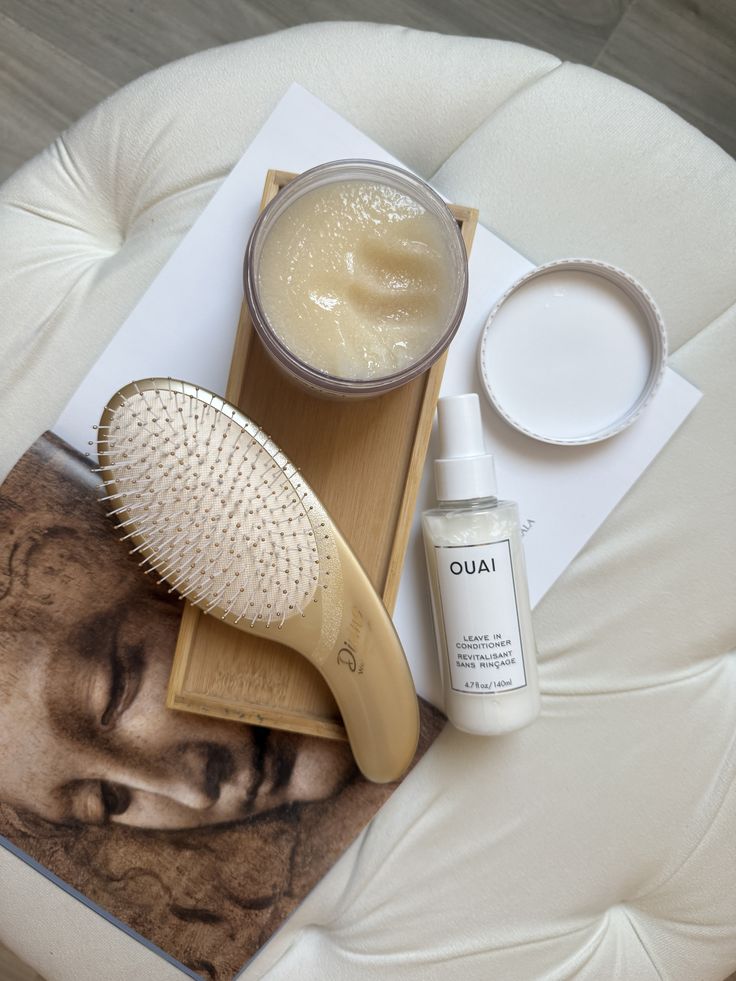
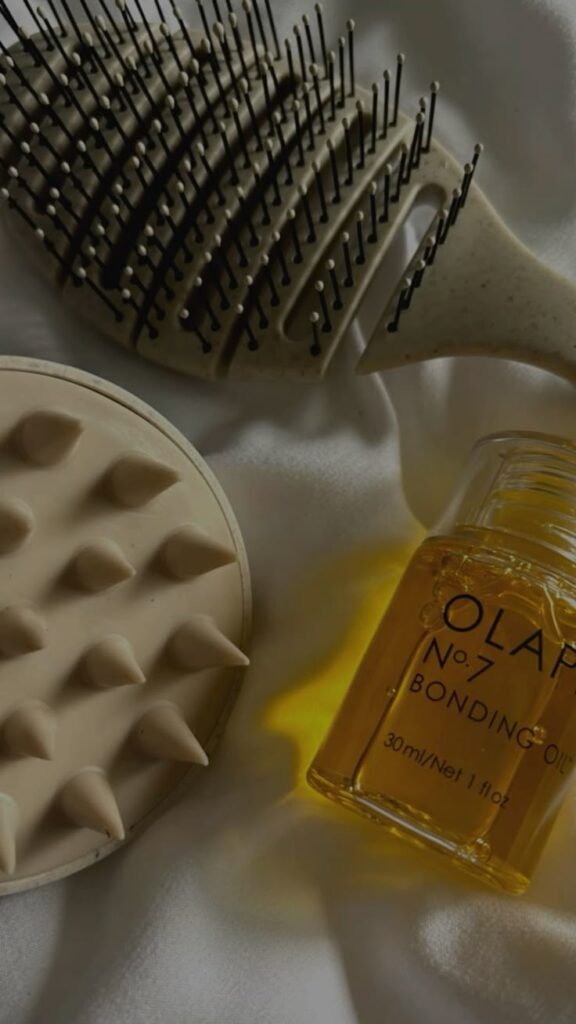

Ongoing Tips to Maintain Hair Health
Maintaining healthy hair after sea exposure requires consistent care with the right products, regular maintenance, and proper washing techniques. These practices will help restore and preserve your hair’s natural strength and shine.
Choose Gentle Hair Products
Your hair needs extra care after salt water exposure. Look for sulfate-free shampoos that won’t strip away natural oils your hair desperately needs to recover.
Essential oils for hair health:
- Argan oil for moisture and shine
- Coconut oil for deep nourishment
- Jojoba oil to reduce frizz
Apply hair oils to damp hair, focusing on mid-lengths and ends. Avoid the roots to prevent greasiness.
Use a deep conditioning treatment once weekly. This restores your hair’s vitality and brings out its natural texture whether straight or curly.
Apply hair serum to wet hair before drying or to freshly blow-dried hair. Use only a dime-sized amount on ends and mid-lengths to maintain softness while minimizing frizz.
Get Regular Trims
Schedule trims every 6-8 weeks to remove damaged ends caused by salt water exposure. This prevents split ends from traveling up the hair shaft and causing more damage.
Regular trims maintain your hair’s shape and health. They also help your hair grow stronger by removing the weakest parts.
Focus on trimming just the tips unless you have significant damage. Your stylist can assess how much needs to be removed based on your hair’s condition.
Avoid Overwashing
Washing hair daily strips natural oils that protect and nourish your strands. This leads to dryness and brittleness, especially after sea water damage.
Wash your hair every 2-3 days instead. This allows your scalp to produce beneficial oils while keeping your hair clean.
When you do wash, use lukewarm water rather than hot water. Finish with a quick cold water rinse to seal cuticles and boost shine.
Between washes, use dry shampoo if needed to absorb excess oil at the roots. This extends the time between washes while maintaining fresh-looking hair.


